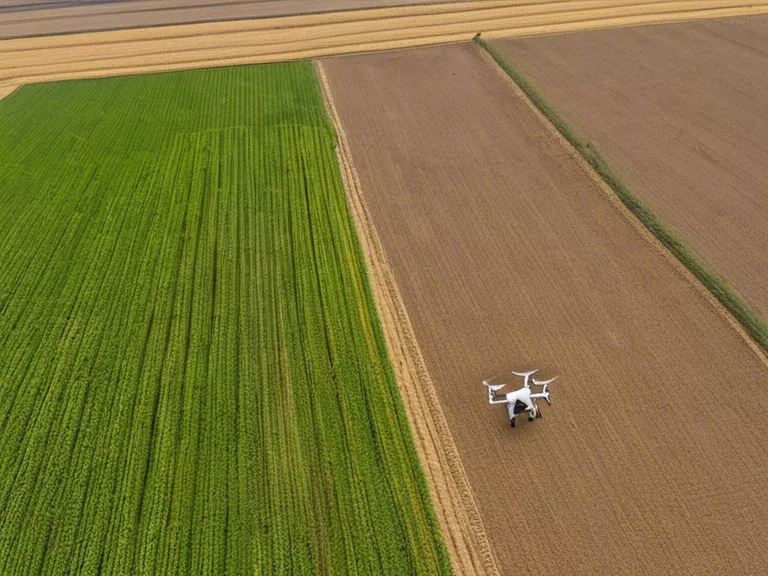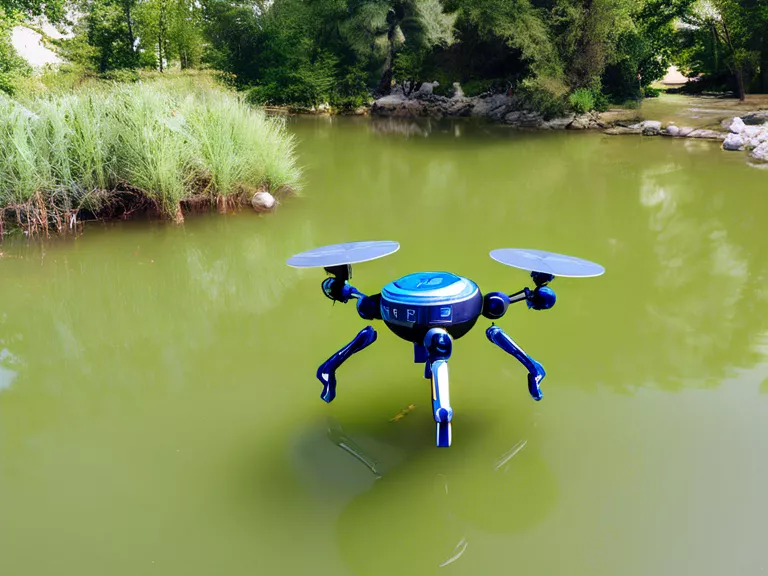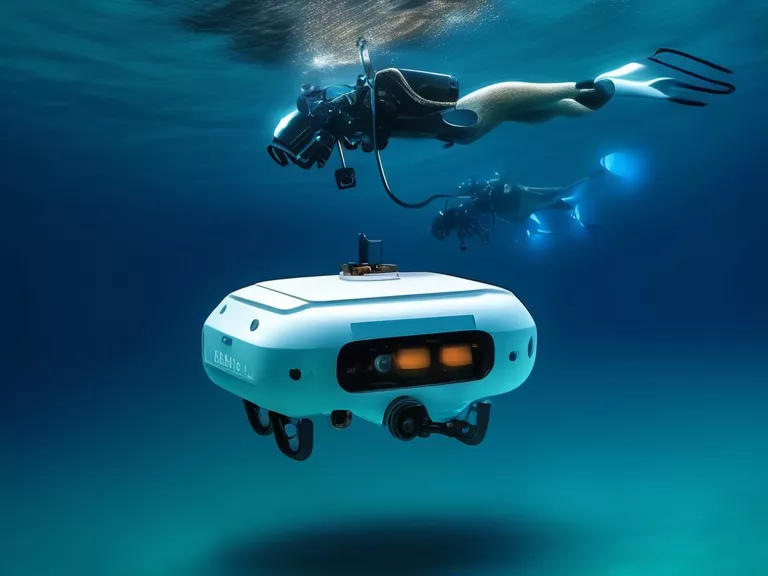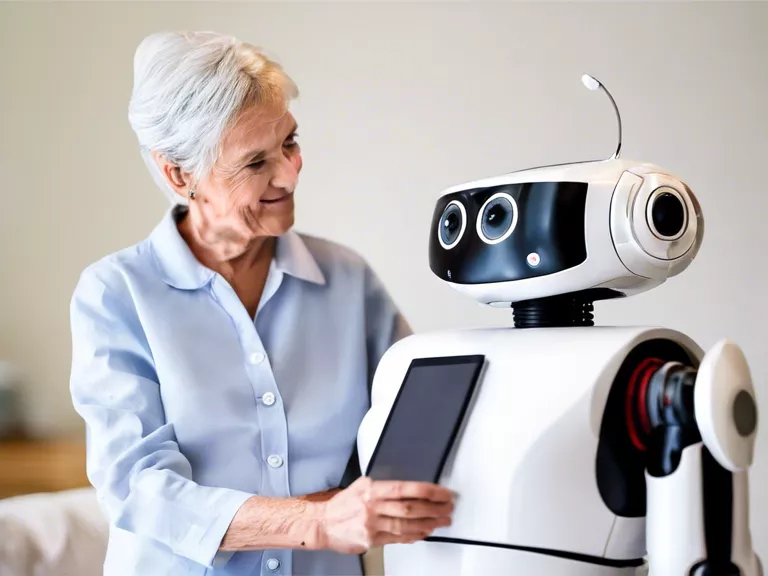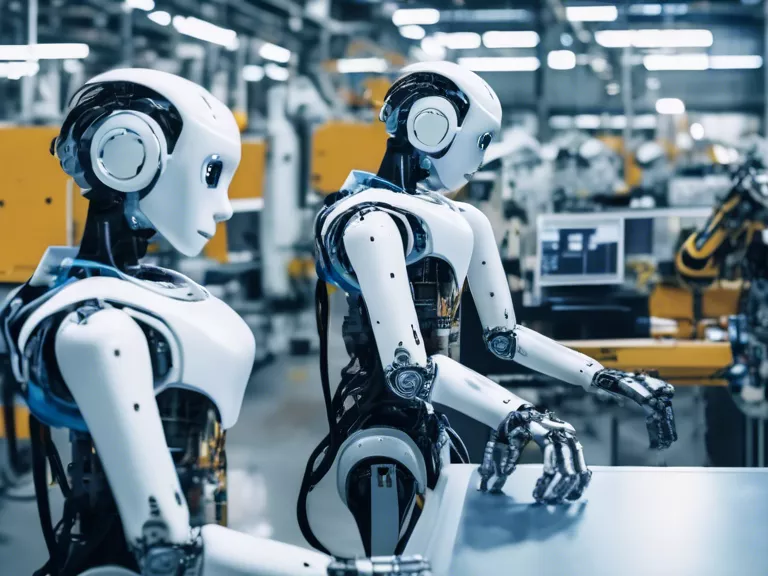
The Role of AI in Enabling Human-Robot Collaboration in Factories
In recent years, the integration of artificial intelligence (AI) technology into industrial settings has revolutionized the way factories operate. One key application of AI in manufacturing is enabling human-robot collaboration, where robots and human workers work together seamlessly to increase productivity and efficiency.
AI plays a crucial role in facilitating communication and interaction between humans and robots in a factory setting. Through machine learning algorithms, AI can analyze vast amounts of data to optimize processes, predict maintenance needs, and enhance decision-making. This enables robots to work alongside humans more effectively, performing repetitive or dangerous tasks while leaving more complex or creative work to human workers.
One way AI enables human-robot collaboration is through the use of collaborative robots, or cobots. These robots are designed to work alongside humans in a shared workspace, performing tasks that require precision or strength. AI algorithms allow cobots to adapt to changing conditions in real-time, making them more flexible and responsive to the needs of human workers.
Another way AI facilitates human-robot collaboration is through the use of predictive maintenance systems. By analyzing data from sensors and machine learning algorithms, AI can predict when a robot is likely to break down and schedule maintenance before a critical failure occurs. This not only increases the lifespan of the robot but also reduces downtime and improves overall productivity.
Overall, the role of AI in enabling human-robot collaboration in factories is essential for improving efficiency, safety, and productivity. By harnessing the power of AI technology, factories can create a harmonious working environment where humans and robots can collaborate effectively to achieve common goals.
